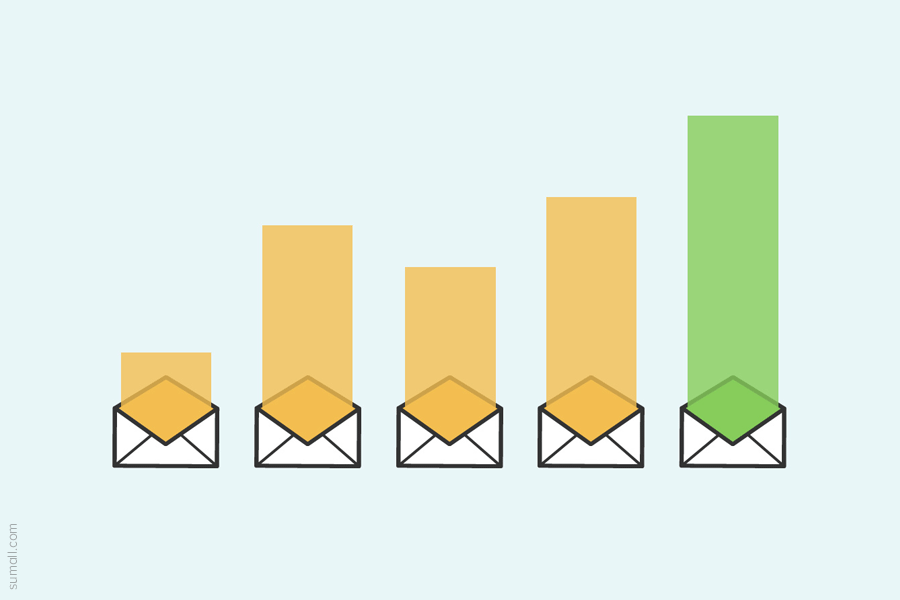Guest Post by Danny Gruening, Director of Marketing and Brand Management for Party Center Software.
Email marketing is a great way to reach your customers. If you don’t already have an email marketing service, make sure to sign up right away. We recommend MailChimp because it’s extremely easy to use, and you can get a free account for up to 2,000 subscribers – there are also paid plans for larger subscriber lists. MailChimp is only one example, and there are many other services on the market such as Constant Contact, iContact, and more. So before you read any further, get an account. Go ahead, we’ll wait…
Getting Started with Email Marketing
Now that you’ve created your account, it’s time to put it to use! You might be wondering how to fill up your subscriber list. Hopefully you have a record of all the people who have booked a birthday party at your facility, and that’s a great place to start. In fact, if you have Party Center Software, the customer database will export an electronic list of all the customers in your system. In addition to party bookers, this database also includes customers who have filled out an online waiver or purchased anything from your online storefront. The list can be directly uploaded to MailChimp or any other email provider.
The list can even be sorted by birth date, so you can send targeted emails to users right before their birthday rolls around. These targeted emails act as great reminders and they increase the likelihood of customers rebooking their parties at your facility. Aside from birthday booking reminders, what should you send? Really, you can send anything you want, but there’s one important rule to remember: provide value. Every email should provide value in the way of a promotion, discount, registration, news, event, etc. Email for the sake of email does no good.
Without value and purpose, the email is spam and your customers will unsubscribe. Also be sure to limit how often you email your customers. Ideally you’ll want to send 1-4 emails per month, but your particular customer base may vary, so use discretion.
Creating Your Email Marketing Structure
The email structure is also crucial. All emails should have consistent design and branding, just like your online presence. Here’s a quick checklist of everything your emails should include:
- Catchy Subject: Something related to your email that will grab the attention of readers.
- Valuable Content: Remember, the email should provide value and purpose.
- Call to Action: Let your customers know what to do and request they take action. (ie: book your party, register for this event, call now, etc.)
- Contact Information: Your phone number, website, and address should be placed in every email so that customers can more easily take action.
- Social Media Links: Include links to all your social media pages to increase customer engagement.
Another important and often over-looked feature of email marketing is the reports. For every email, you can see who opened it, where they are located, what they clicked, and more. You can even track their activity on your website after they click a link. These reports will help you fine-tune your email strategies by seeing what works and what doesn’t.
Now you have the information you need to begin or improve your email marketing campaigns. Do you want to send out birthday reminders? Or maybe promote a limited-time discount for season passes?
The sky is the limit for your marketing capabilities. You just need to get started if you want to see results.






